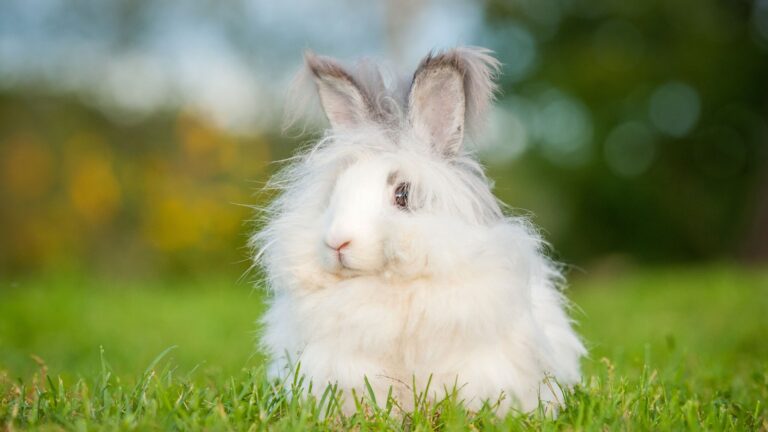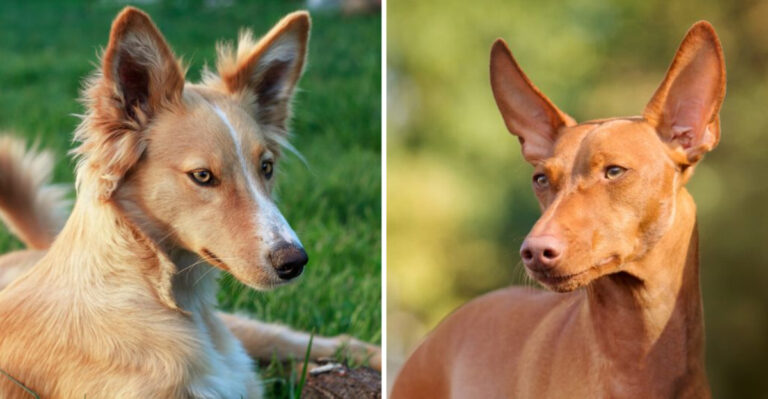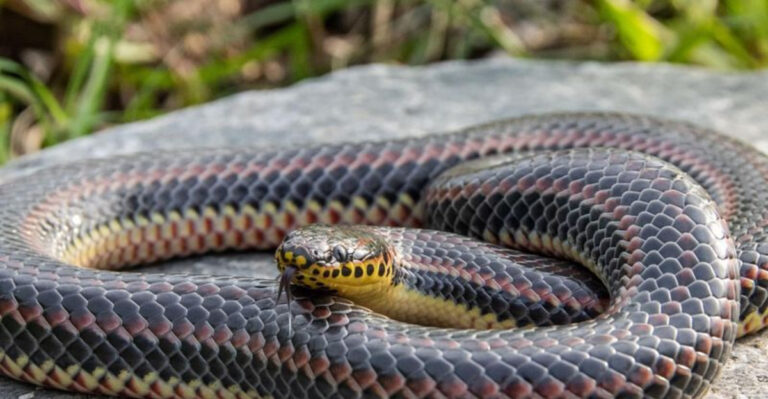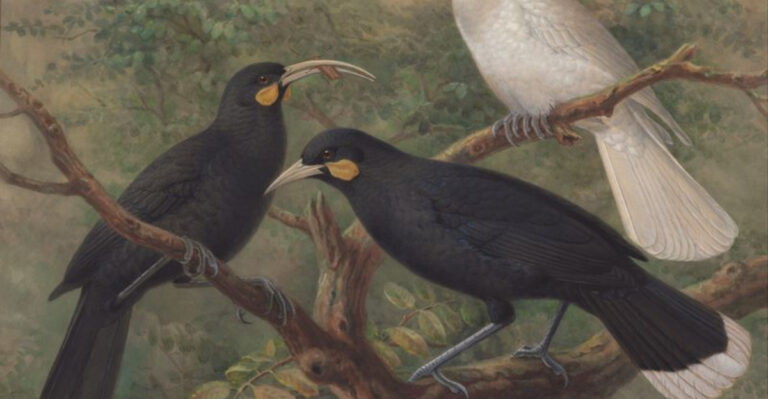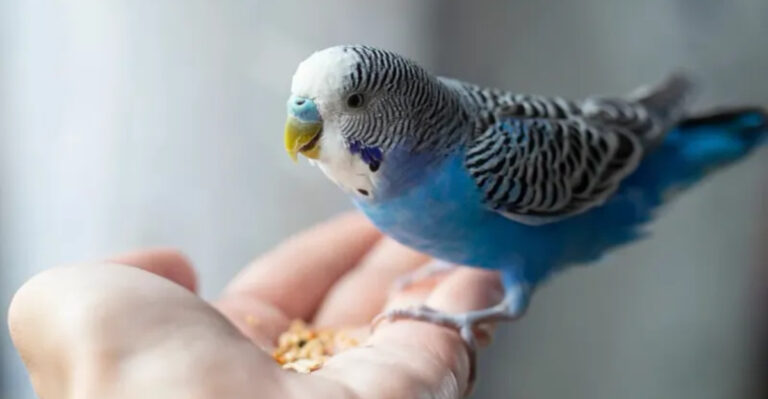15 Wild Animals To See Before They Vanish From The Planet For Good
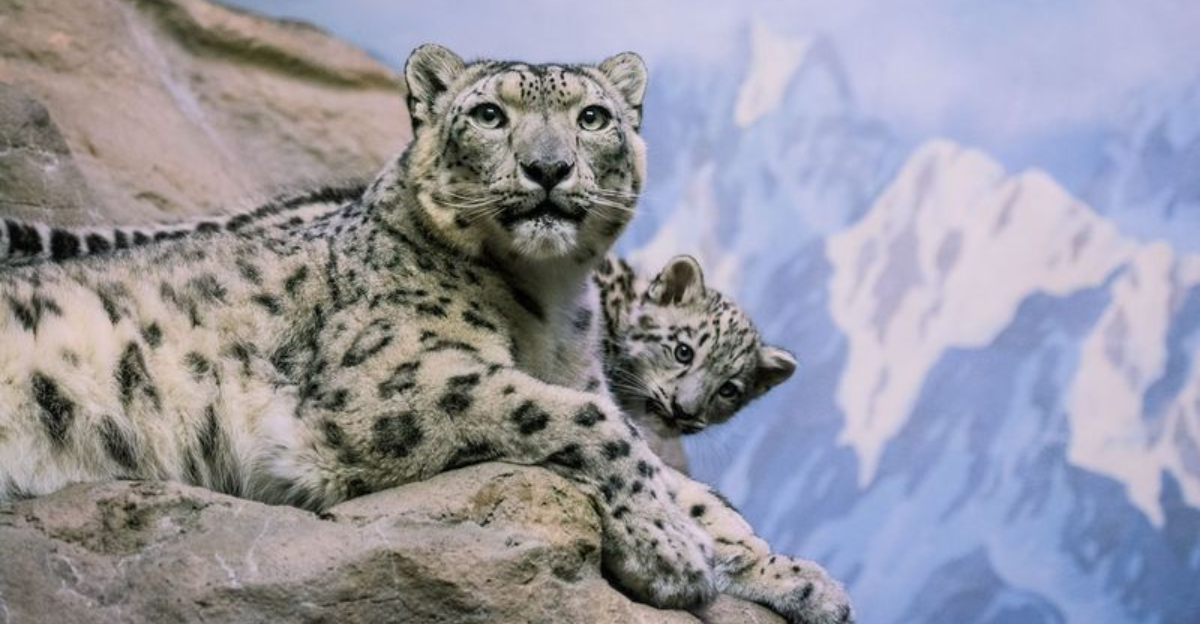
Our planet’s amazing wildlife faces unprecedented threats from habitat loss, climate change, and human activities. Many magnificent creatures that once roamed freely are now teetering on the edge of extinction.
These endangered animals represent not just a loss of biodiversity but also the fading of natural wonders that have shaped our world for millennia. Here are fifteen remarkable animals to witness in their natural habitats while we still can.
1. Amur Leopard
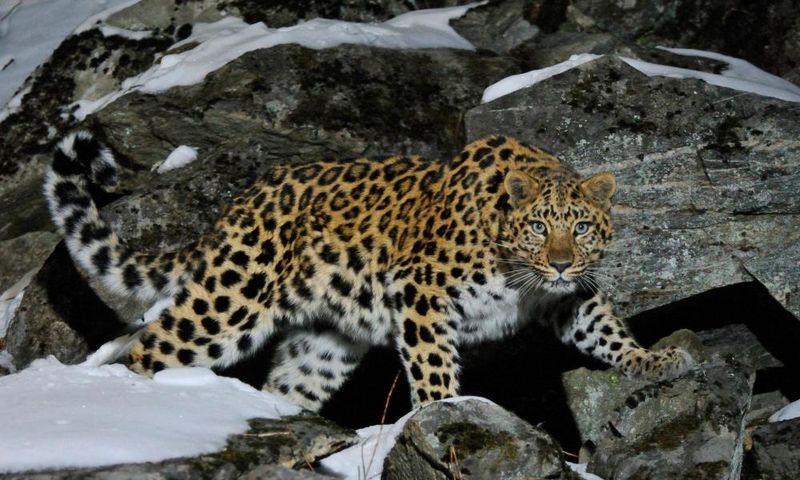
Only about 100 Amur leopards remain in the wild, making them the world’s most endangered big cat. Their gorgeous spotted coats and ability to leap 19 feet horizontally make them truly spectacular to behold.
These solitary hunters prowl the snowy forests of Russia and China, adapting to temperatures as low as -22°F. Their thick fur and wide paws help them navigate through deep snow while hunting deer and wild boar.
2. Vaquita Porpoise
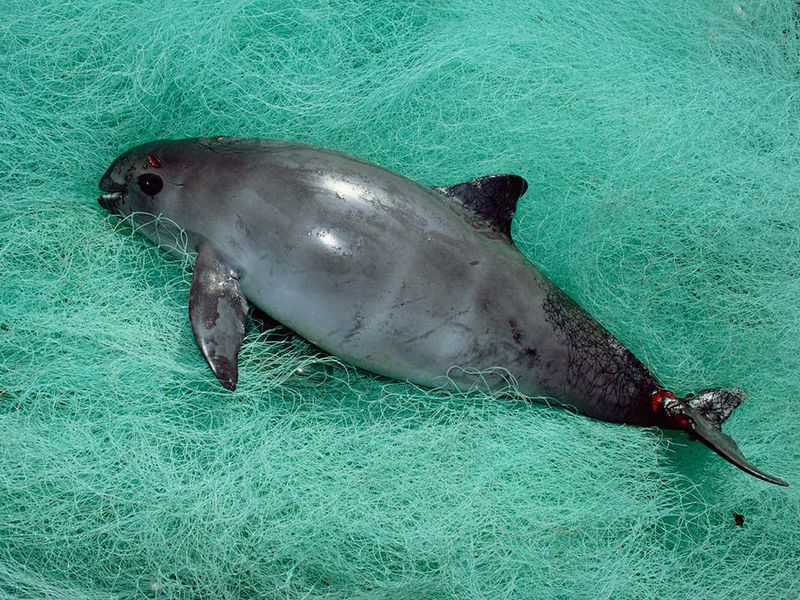
Fewer than 10 vaquitas remain in Mexico’s Gulf of California. These tiny porpoises, barely five feet long, have distinctive dark rings around their eyes and mouth, giving them an endearing, smiling appearance.
Sadly, they’re victims of illegal fishing nets meant for other species. Scientists race against time to save these creatures, the smallest and most critically endangered marine mammals on Earth.
3. Javan Rhino
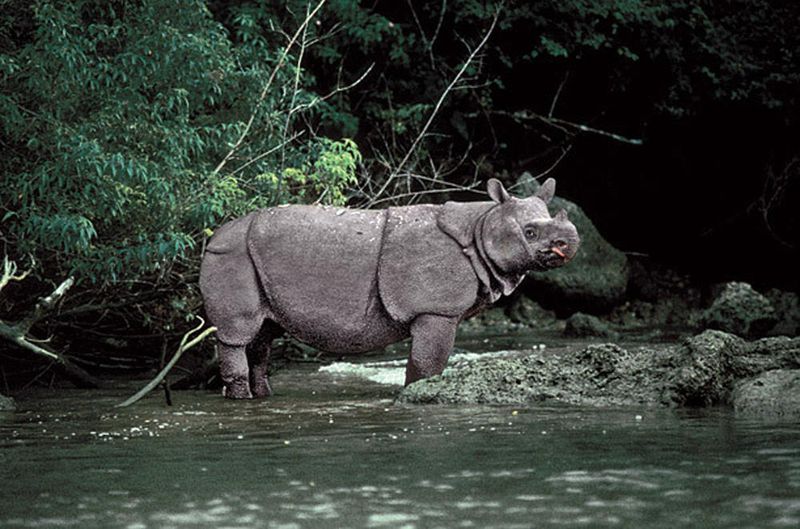
With only 75 individuals left, all living in one national park in Indonesia, the Javan rhino stands as a living fossil. Unlike their African cousins, these forest dwellers have a single horn and folded skin that resembles medieval armor plates.
They’re shy creatures, rarely seen even by researchers who study them. Camera traps provide most glimpses of these gentle giants who leave behind footprints the size of dinner plates.
4. Northern White Rhino
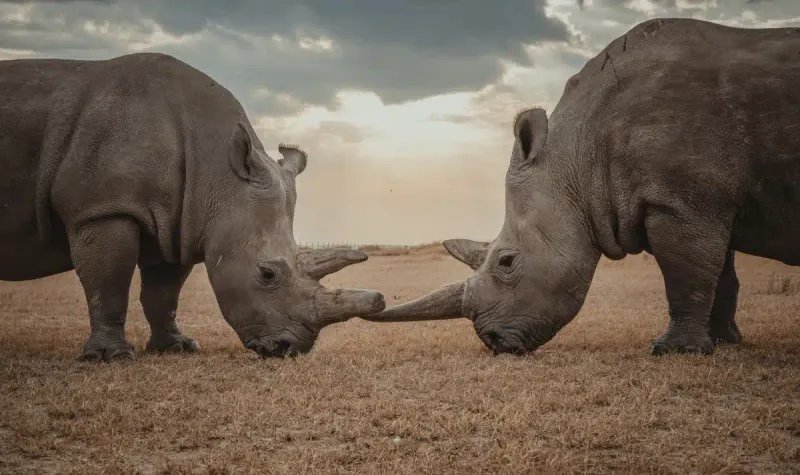
Just two northern white rhinos remain on Earth – both females. The last male, Sudan, died in 2018, effectively dooming this magnificent subspecies to extinction without scientific intervention.
Scientists collect and freeze eggs from the females, hoping to use southern white rhino surrogates someday. These gentle giants once roamed Central Africa in herds, using their square lips to graze on grasses across the savanna.
5. Sumatran Orangutan
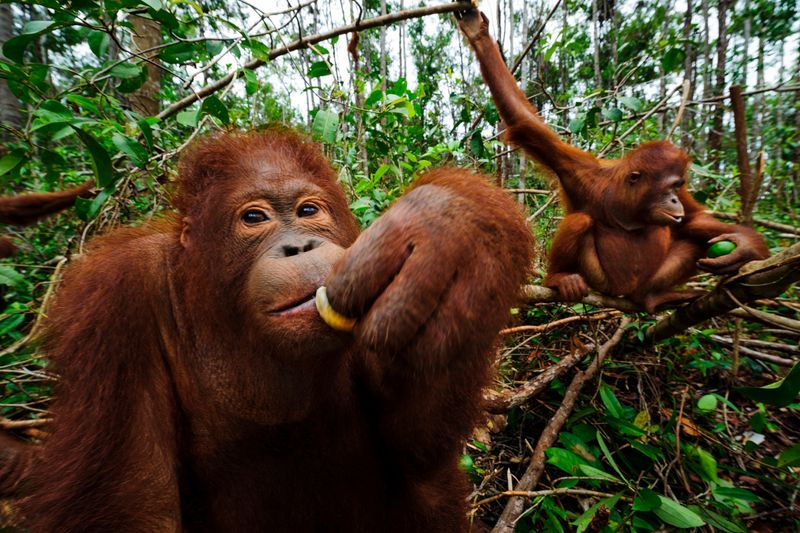
Watching a Sumatran orangutan build an elaborate nest high in the rainforest canopy feels like witnessing ancient wisdom. These critically endangered great apes share 97% of human DNA and can use tools, recognize themselves in mirrors, and even plan for the future.
Palm oil plantations have destroyed much of their habitat. Fewer than 14,000 remain in the wild, their thoughtful eyes and gentle nature making them hauntingly human-like companions in the disappearing forests.
6. Yangtze Finless Porpoise
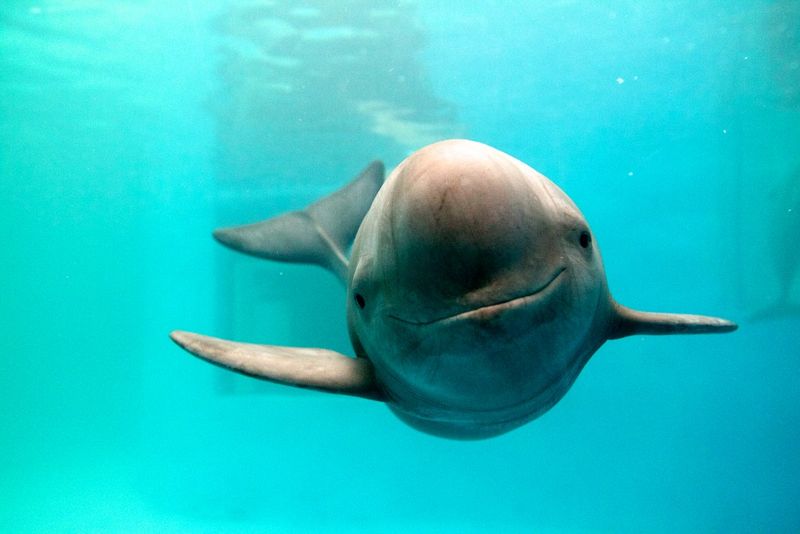
The Yangtze finless porpoise appears to wear a permanent smile, though its future looks grim. After its cousin, the baiji dolphin, went extinct in 2006, this became the only porpoise adapted to live exclusively in freshwater.
Around 1,000 remain in China’s increasingly polluted Yangtze River. They navigate using sonar instead of sight in the murky waters, their intelligence comparable to gorillas as they play and solve problems together.
7. Saola
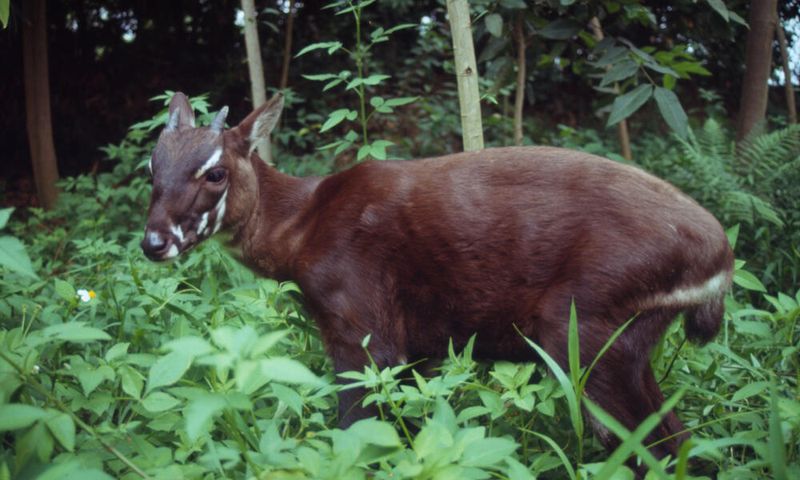
First discovered in 1992, the saola remains so elusive that scientists have only photographed it in the wild a handful of times. With distinctive white facial markings and long, parallel horns, this forest-dwelling bovine looks almost mythical.
Fewer than 100 likely exist in the remote mountains between Vietnam and Laos. Local villagers call it the polite animal because it moves so quietly through the forest that even its footsteps seem to whisper.
8. Cross River Gorilla
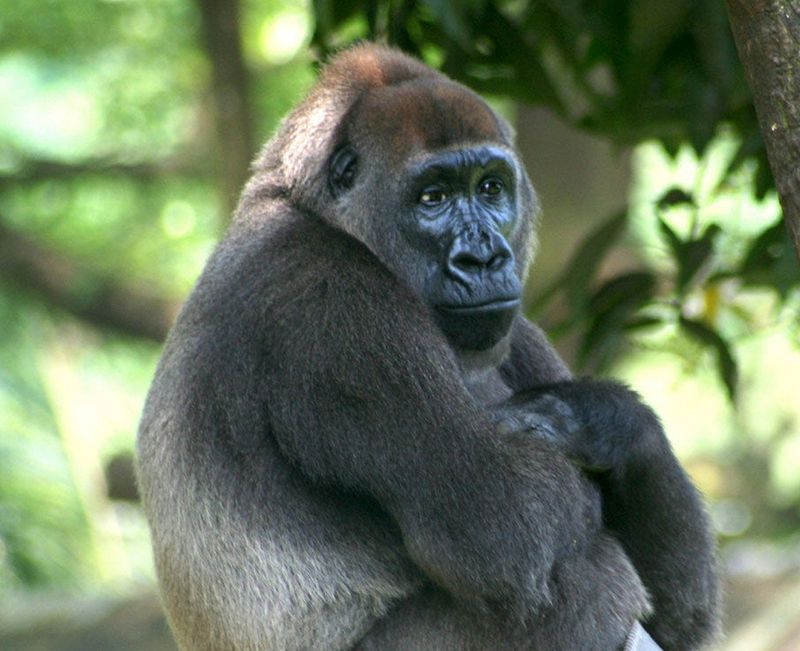
The rarest great ape on Earth hides in the forests between Nigeria and Cameroon. Only about 300 Cross River gorillas remain, living in small family groups led by a dominant silverback male whose strength can bend metal bars.
They communicate through at least 22 different vocalizations and complex body language. Unlike their mountain gorilla cousins, they’re so wary of humans that researchers must rely on nest sites and footprints to study them.
9. Sumatran Tiger
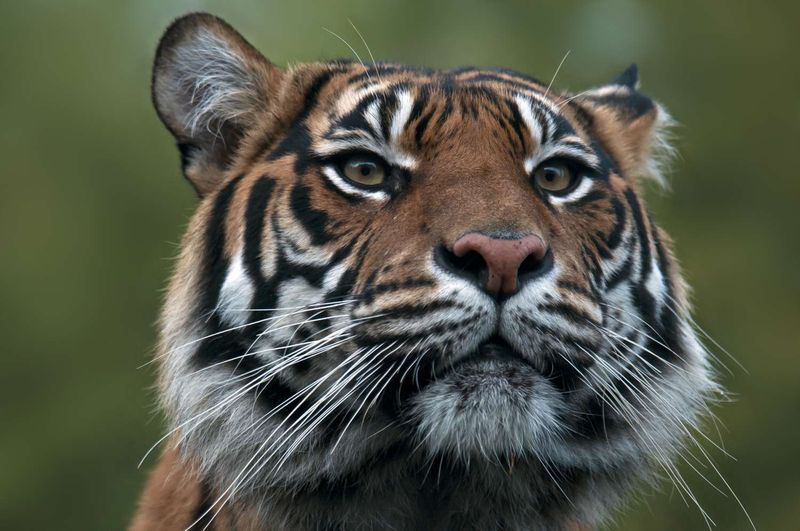
The smallest tiger subspecies sports the darkest coat and most prominent stripes, perfect camouflage in Indonesia’s dense rainforests. Fewer than 400 Sumatran tigers remain in fragmented patches of habitat on just one island.
Their roars can be heard three miles away, though few people ever hear them. These solitary hunters have unique stripe patterns – like fingerprints – and webbed paws that make them excellent swimmers as they patrol territories spanning up to 100 square miles.
10. Hawksbill Sea Turtle
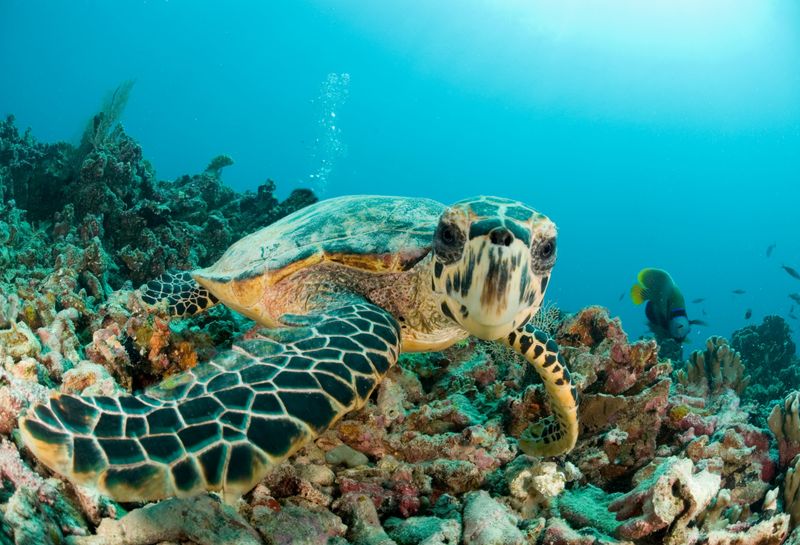
The hawksbill’s beautiful shell has nearly caused its extinction. These ancient mariners have swum Earth’s oceans for 100 million years, their pointed beaks perfectly adapted for extracting sponges from coral reefs.
Females return to their birth beaches to lay eggs, navigating thousands of miles using Earth’s magnetic field. Watching these critically endangered creatures glide effortlessly through crystal waters feels like witnessing living dinosaurs – ancient wisdom embodied in reptilian form.
11. Pangolin
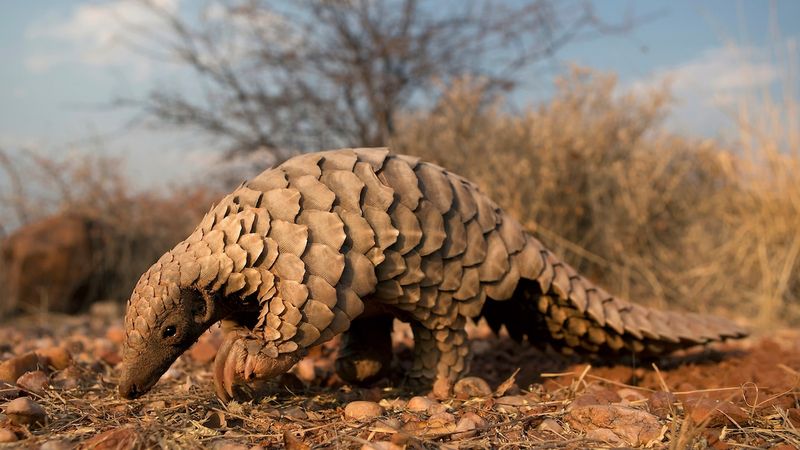
Covered in overlapping scales made of keratin – the same material as human fingernails – pangolins look like medieval fantasy creatures. When threatened, they roll into a tight ball that even lions can’t pry open.
All eight pangolin species face extinction due to poaching for their scales and meat. Their long, sticky tongues can extend longer than their bodies to slurp up ants and termites. A single pangolin can consume 70 million insects yearly.
12. Philippine Eagle
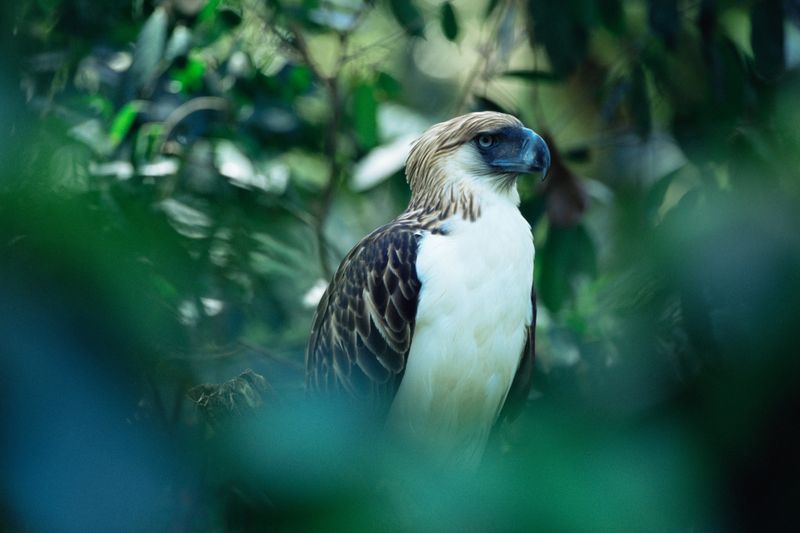
With a seven-foot wingspan and piercing blue eyes, the Philippine eagle ranks among Earth’s most impressive birds of prey. Their distinctive feather crowns rise when excited, giving them a regal appearance as they soar above the rainforest.
Fewer than 400 breeding pairs remain in the wild, each requiring massive territories. These monogamous birds mate for life and raise just one chick every two years, making population recovery painfully slow even with conservation efforts.
13. Kakapo
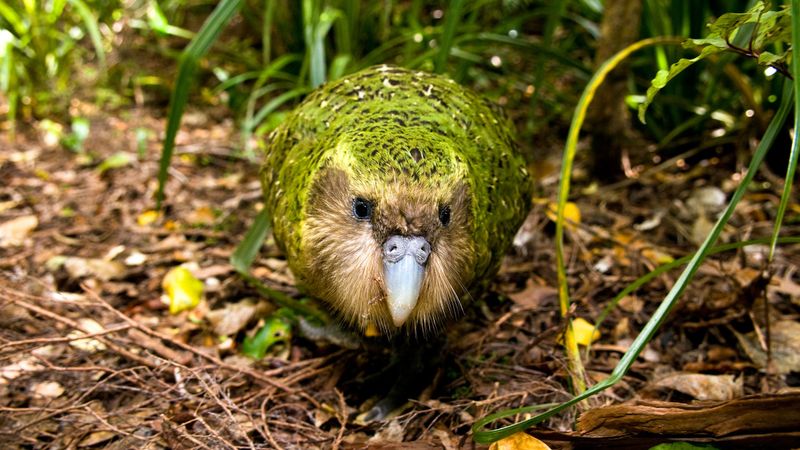
The world’s only flightless parrot waddles through New Zealand’s forests like a feathered bowling ball. Kakapos can live 90+ years but reproduce so slowly that only about 200 remain despite intensive conservation.
Males create elaborate ground nests and inflate like balloons while making booming calls that travel for miles to attract females. Their owl-like facial discs and moss-green feathers make them masters of camouflage during daylight hours when they sleep.
14. Gharial
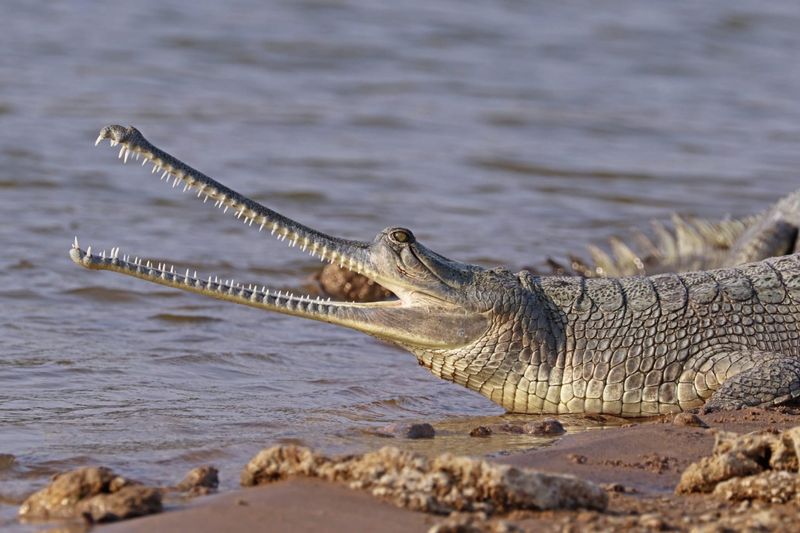
The gharial’s bizarre snout looks like someone stretched a crocodile’s jaw into a thin, toothy pair of tweezers. Male gharials grow bulbous growths on their snout tips called ghara, which they use to make buzzing sounds underwater to attract females.
Once common across South Asian rivers, fewer than 1,000 adult gharials remain in the wild. Their specialized jaws excel at catching fish but make them harmless to humans, unlike their crocodile cousins.
15. Snow Leopard
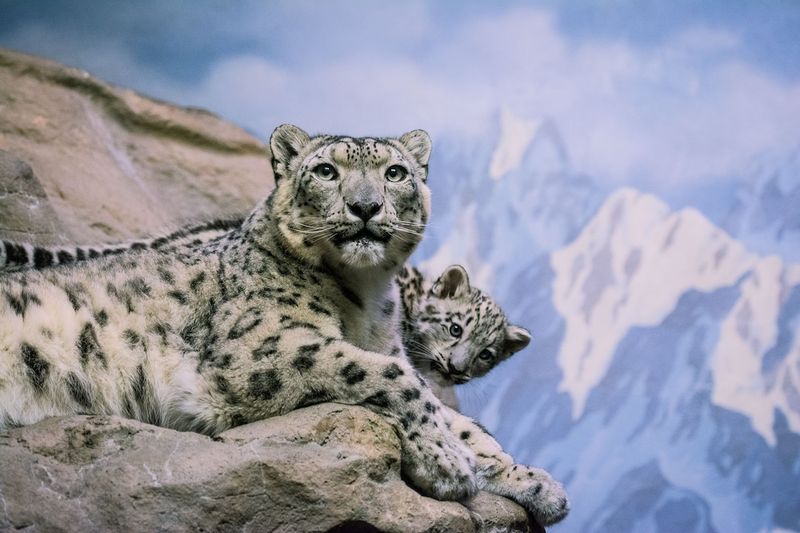
Snow leopards move through the Himalayan highlands like spirits, their smoke-gray fur blending perfectly with rocky slopes. Their massive paws act as natural snowshoes while their extraordinarily long tails help balance during death-defying leaps across mountain chasms.
Fewer than 7,000 remain in the wild across 12 Asian countries. Seeing one requires immense patience – most researchers spend years studying them without witnessing a single cat in person.

